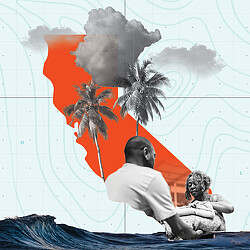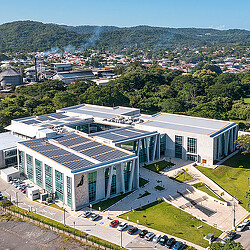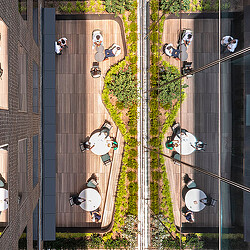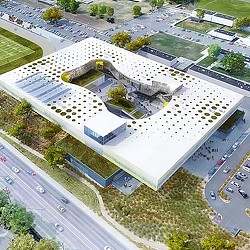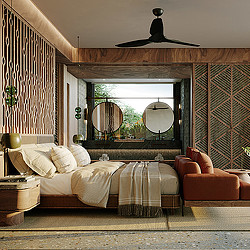A New Vision for Urban Design in Tropical Climates
Through thoughtful, climate-responsive design, seemingly adverse conditions can become a distinct advantage for tropical cities.
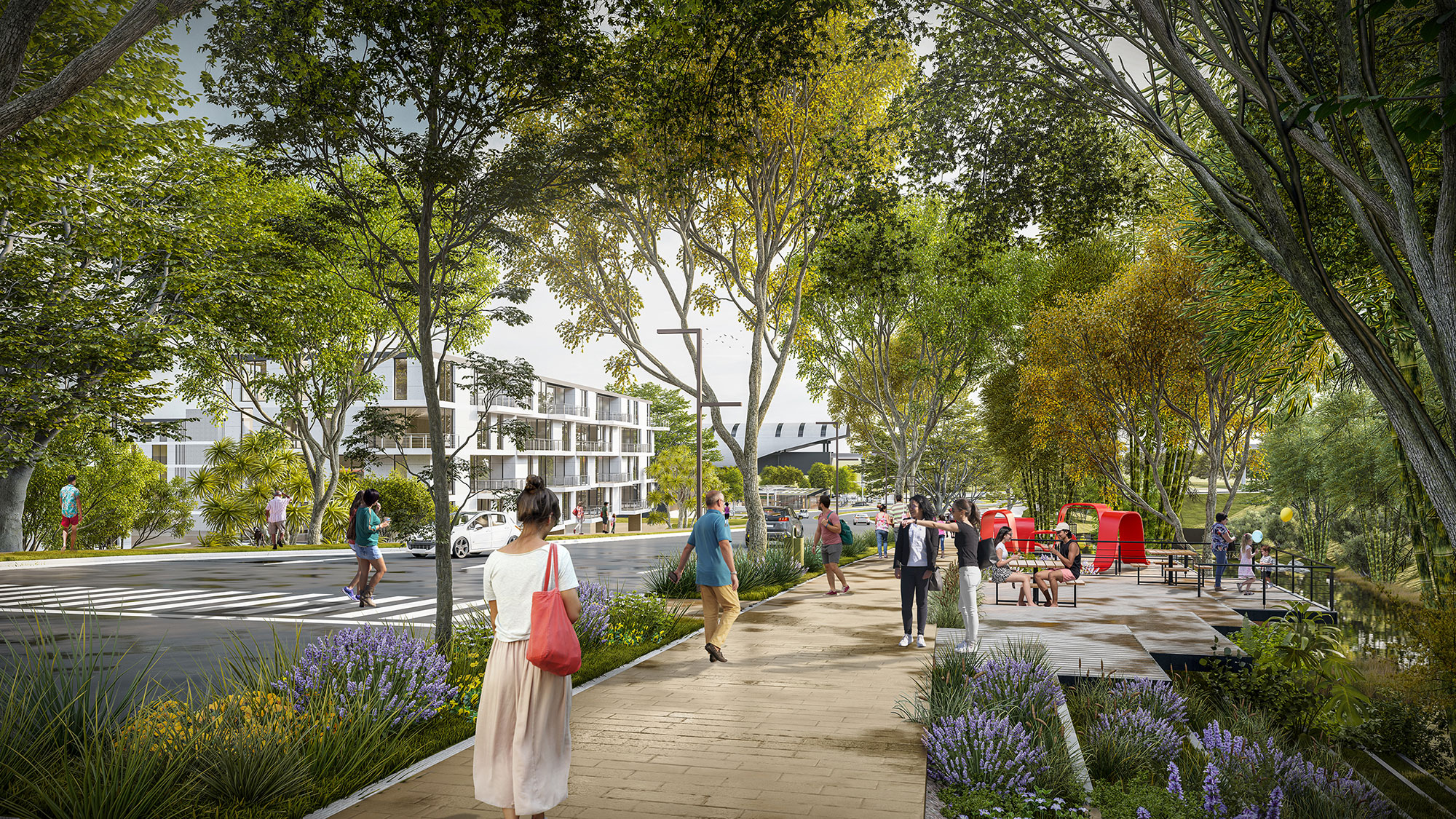
Roughly 8% of the world’s population lives within the latitudes of Central America and the Caribbean. Cities with tropical climates like San José, Costa Rica; Panama City, Panama; Santo Domingo, Dominican Republic; San Salvador, El Salvador; and Guatemala City, Guatemala, face similar challenges: high temperatures and humidity levels that often exceed 80%. In theory, these conditions could discourage the use of public spaces and make active mobility more difficult.
We believe that thoughtful, climate-responsive urban design can turn these challenges into opportunities — transforming the tropical climate into an advantage.
Urban planning and design have made significant strides in recent years, moving away from models imported from temperate regions and embracing the need for solutions tailored to the specific climate conditions of the humid tropics.
In this context, walking in our cities shouldn’t be a challenge — it should be part of everyday enjoyment. By integrating features like tree-lined streets, permeable pavements that reduce heat radiation, street layouts that harness natural ventilation and prevailing winds, and strategically placed urban furniture, we can create a comfortable and enjoyable urban experience — complete with rest areas and diverse spaces for outdoor activity.
At Gensler, we approach urban design for tropical conditions through a holistic lens — addressing mobility, regeneration, and climate action simultaneously. Our recent projects in tropical cities include the creation of urban corridors where pedestrians and cyclists take center stage. These corridors are more than just pathways connecting key destinations; they are social spaces that foster community interaction, stimulate the local economy, and enhance overall urban quality of life.
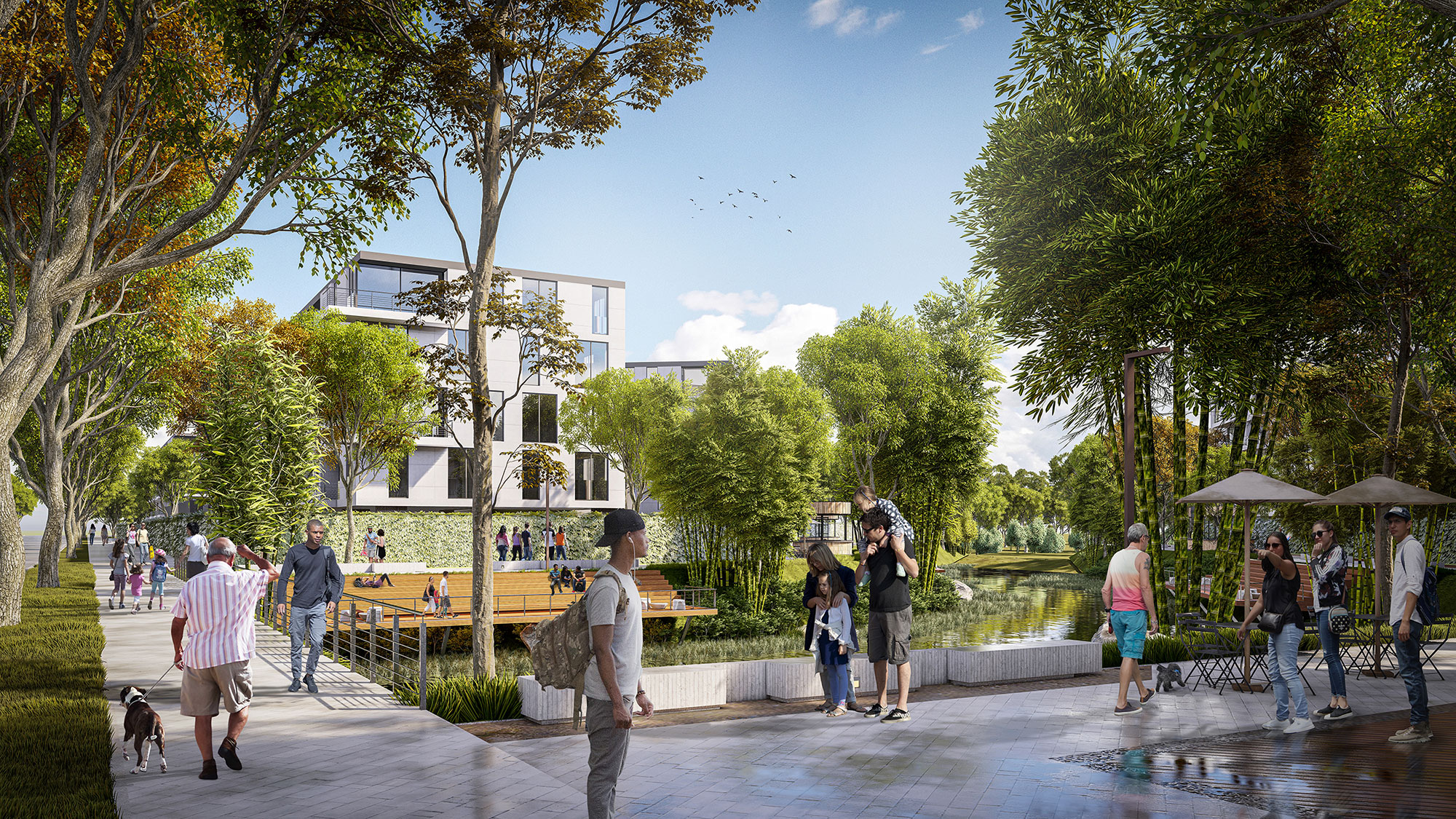
A great example is our work on the Panoramika Master Plan in Panama, where an integrated public space design connected to a metro station helped transform streets into active pathways that promote connectivity throughout the development. These pathways also serve to link the project with the surrounding neighborhoods — creating an open invitation for future residents and metro users to walk comfortably, even in the tropical climate.
These spaces are strategically designed, with carefully planned landscaping that incorporates native vegetation to maximize natural shade — enhancing local biodiversity and contributing to thermal comfort. Architecture is thoughtfully oriented to make the most of prevailing breezes, creating cool, well-ventilated environments. Additionally, the use of low heat-absorption materials significantly lowers the temperature of the immediate surroundings, while abundant greenery helps mitigate air pollution and improve air quality. The result is a transformation of the pedestrian experience — from stifling to enjoyable.
A crucial aspect of resilient design in the humid tropics is the integration of nature-based solutions, such as rain gardens and urban water management systems that help mitigate flooding during intense tropical rains. These systems not only strengthen infrastructure but also create more attractive, safer, interactive, and environmentally sustainable urban landscapes.
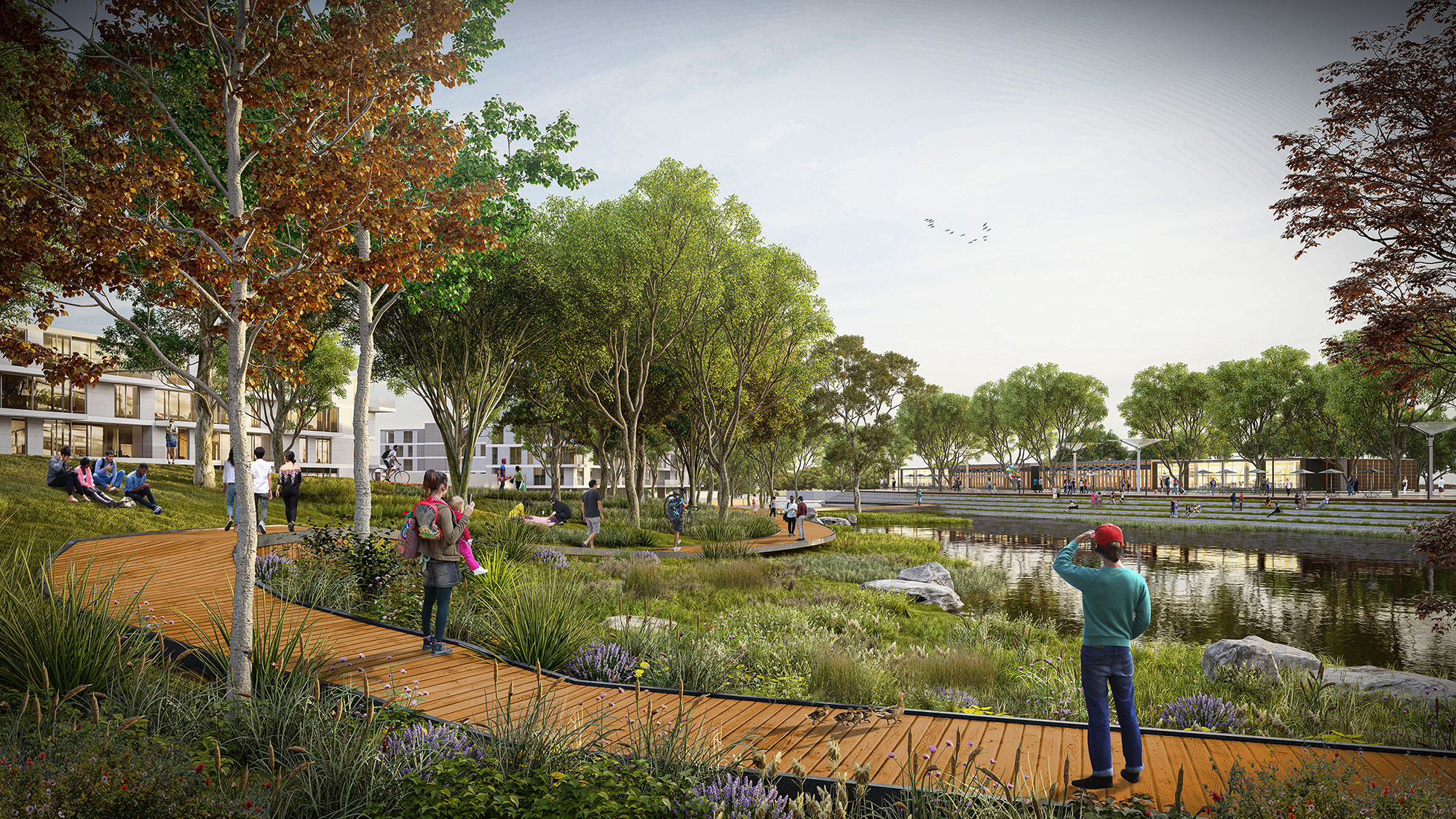
Through smart and sensitive design, seemingly adverse climatic conditions can become a distinctive advantage for our tropical cities. By creating public spaces that promote active mobility, we strengthen urban resilience, contribute to climate change mitigation, and significantly improve the daily lives of those who inhabit these cities.
With the right urban design, humidity and heat can stop being obstacles and instead become an invitation to fully enjoy public spaces — creating vibrant, resilient, and livable cities for all.
For media inquiries, email .
Una nueva visión para el diseño urbano en climas tropicales
A través de un diseño reflexivo y sensible al clima, las condiciones aparentemente adversas pueden convertirse en una ventaja distintiva para las ciudades tropicales.

Aproximadamente el 8 % de la población mundial vive dentro de las latitudes de América Central y el Caribe. Ciudades con climas tropicales como San José (Costa Rica), Ciudad de Panamá (Panamá), Santo Domingo (República Dominicana), San Salvador (El Salvador) y Ciudad de Guatemala (Guatemala) enfrentan desafíos similares: temperaturas elevadas y niveles de humedad que frecuentemente superan el 80 %. En teoría, estas condiciones podrían desalentar el uso de espacios públicos y dificultar la movilidad activa.
En Gensler creemos que un diseño urbano reflexivo y sensible al clima puede convertir estos desafíos en oportunidades, transformando el clima tropical en una verdadera ventaja.
La planificación y el diseño urbano han avanzado significativamente en los últimos años, alejándose de modelos importados de regiones templadas y adoptando soluciones diseñadas específicamente para las condiciones de los trópicos húmedos.
En este contexto, caminar por nuestras ciudades no debería ser un reto, sino parte del disfrute cotidiano. A través de elementos como calles arboladas, pavimentos permeables que reducen la radiación térmica, trazados urbanos que aprovechan la ventilación natural y los vientos predominantes, así como mobiliario urbano estratégicamente ubicado, es posible crear una experiencia urbana cómoda y placentera, con zonas de descanso y espacios diversos para la actividad al aire libre.
En Gensler abordamos el diseño urbano en condiciones tropicales desde una perspectiva holística, considerando simultáneamente la movilidad, la regeneración urbana y la acción climática. Nuestros proyectos recientes en ciudades tropicales incluyen la creación de corredores urbanos donde peatones y ciclistas son protagonistas. Estos corredores son más que simples vías de conexión: son espacios sociales que fomentan la interacción comunitaria, estimulan la economía local y mejoran la calidad de vida urbana.

Un gran ejemplo es nuestro trabajo en el Plan Maestro Panoramika en Panamá, donde un diseño de espacio público integrado a una estación del metro ayudó a transformar calles en senderos activos que promueven la conectividad en todo el desarrollo. Estos senderos también sirven como vínculo con los barrios circundantes, creando una invitación abierta para que residentes y usuarios del metro caminen cómodamente, incluso en un clima tropical.
Estos espacios están diseñados estratégicamente, con paisajismo cuidadosamente planificado que incorpora vegetación nativa para maximizar la sombra natural, mejorar la biodiversidad local y contribuir al confort térmico. La arquitectura se orienta con intención para aprovechar las brisas predominantes, generando entornos frescos y bien ventilados. Además, el uso de materiales con baja absorción térmica reduce significativamente la temperatura del entorno inmediato, mientras que la vegetación abundante ayuda a mitigar la contaminación del aire y mejora su calidad. El resultado es una transformación de la experiencia peatonal: de sofocante a disfrutable.
Un aspecto crucial del diseño resiliente en los trópicos húmedos es la integración de soluciones basadas en la naturaleza, como jardines de lluvia y sistemas de gestión hídrica urbana que ayudan a mitigar inundaciones durante lluvias intensas. Estos sistemas no solo fortalecen la infraestructura, sino que también crean paisajes urbanos más atractivos, seguros, interactivos y ambientalmente sostenibles.

A través de un diseño inteligente y sensible, las condiciones climáticas que parecen desfavorables pueden convertirse en una ventaja distintiva para nuestras ciudades tropicales. Al crear espacios públicos que promuevan la movilidad activa, fortalecemos la resiliencia urbana, contribuimos a la mitigación del cambio climático y mejoramos significativamente la vida diaria de quienes habitan estas ciudades.
Con el diseño urbano adecuado, la humedad y el calor pueden dejar de ser obstáculos y convertirse en una invitación a disfrutar plenamente del espacio público, creando ciudades vibrantes, resilientes y habitables para todas las personas.



